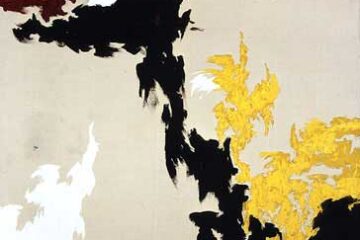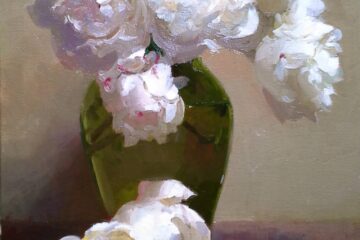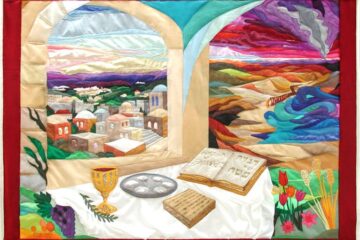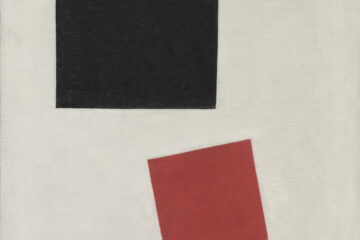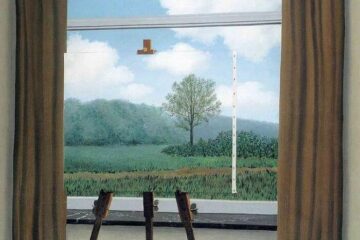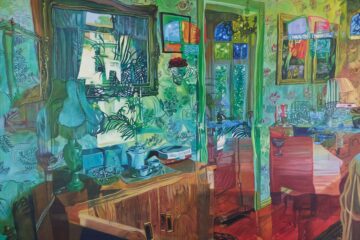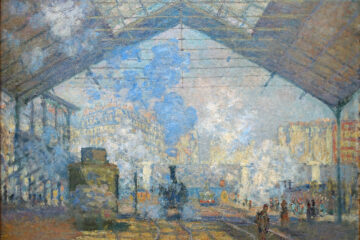To be free requires our appreciation of each other’s individuality. To be just is to ensure the dignity of every person.
View the study sheet here. Recording here.
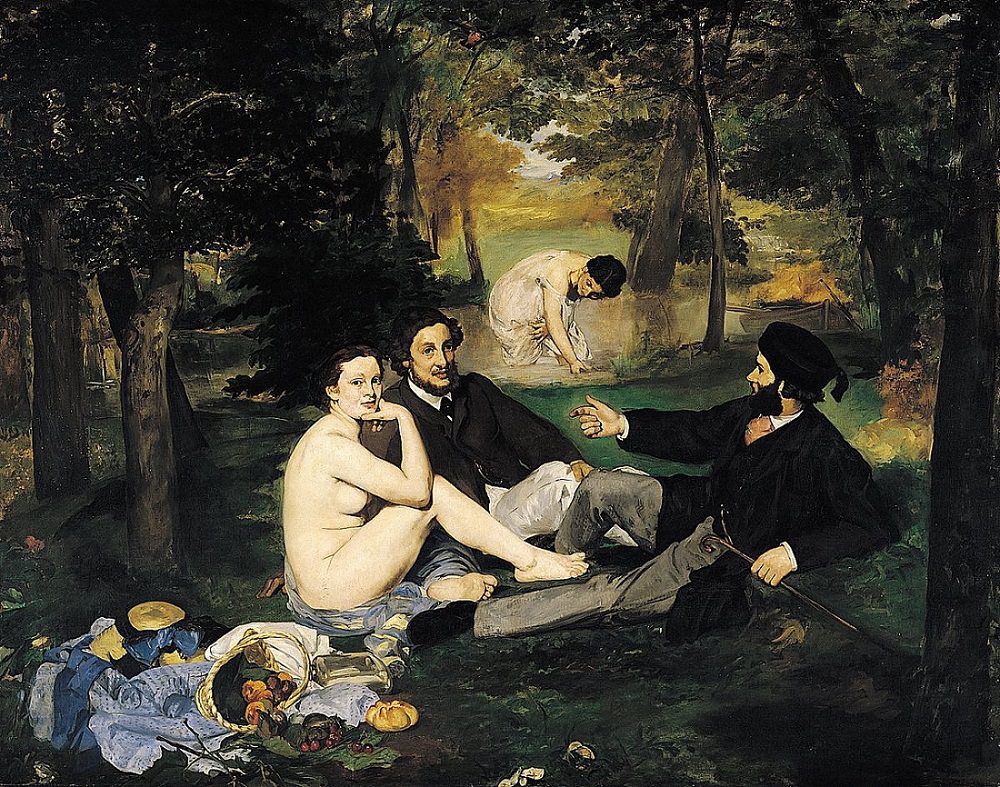
Law. Art. Two creative endeavors. They seem to be the products of different processes and to serve different purposes. One is shaped by intellectual rigor. The other by aesthetic and emotional sensibilities. Law is a statement of communal norms. Art is an expression of an individual’s imagination. Art inspires and provokes. Law restrains and coerces.
J. Harvie Wilkinson is a Circuit Court Judge with the United States Court of Appeals for the Fourth Circuit. In an article published in the Notre Dame Law Review titled “Subjective Art, Objective Law,” Judge Wilkinson describes the distinct realms occupied by these two cultural expressions. “The process of creating law, law’s purpose in society,” he writes, “and its power when invoked are all dramatically different from their counterparts in artistic expression.”
Artistic expression, Judge Wilkinson argues, “is intended to provoke,” to provide an experience of new possibilities, new revelations about human potential and aspiration. In contrast, he continues, “law’s great intention is not to provoke…law is supposed to provide stability and predictability to society.”
In the course of his article, Judge Wilkinson writes glowingly about the extent to which modern art, music and literature has unleashed individual subjective creativity, expanding how the world can be experienced and understood. As thrilling as those outcomes are, he warns, they should remain in the realm of art and not be adopted by judges. Judges should not exercise their subjectivity when serving as arbiters of state power. “Instead,” he writes, “law should serve as the foil for art, providing stability and structure in a society whose art should reflect the range of its emotions and ascend the pinnacles of its passions.”
Law and art appear to be different forms of discourse, serving different purposes. Yet, on a mythic mountaintop the two realms seem to conflate.
In Parshat Yitro, the divine pronouncements at Mount Sinai are processed by the Israelites less through their intellectual than through their aesthetic faculties. They seem to experience a form of synesthesia, involuntary cross-sensory sensations. They “see” the thunder and the sound of horns blaring. The twentieth century artist Vasily Kandinsky would share in this upheaval of senses. He experienced musical compositions as colors and colors on a canvass as sounds.
The very language of the Hebrew text and generations of rabbinic commentary confound Judge Wilkinson’s admonishment to cleanly separate law and art. The text does not refer to the divine pronouncements as “Ten Commandments” but as “Ten Utterances.” The early rabbinic work the Mishna states that the world was created by ten utterances. Those are the ten times God says “Let there be…” as part of the creation of the world. The moment that is Mount Sinai appears to be a conflation of instruction and creativity. Of law and art.
Rabbinic commentary describes the Mount Sinai experience not as a narrowing of human initiative and creativity but as an explosion of it. Midrash declares that “God spoke according to the power of each individual: the young, the old, and the very small ones.”
Building on the tradition that 600,000 people stood at Mount Sinai, the 18th century kabbalist and poet Rabbi Moshe Chaim Luzzatto explained what it meant that God spoke to each person uniquely: “There are 600,000 explanations of the Torah, and each person received an interpretation according to the root of his or her soul.” We each carry within us a special insight of divine revelation. If one of us is missing from the table, if one of us withholds their subjective experience, the possibility of freedom is diminished.
The moment that is Sinai is not about the replacement of one coercive power by another. It is part of the liberation project. The personal, the subjective, is invoked in the service of a new level of communal responsibility. Art can design new behavioral norms, and law can free us into responsibility.
For hundreds of years sovereign institutions, both governmental and cultural, controlled the nature of art: what to paint, how to paint and how art could be exhibited. That began to unravel in 1863 in Paris. And leading the assault on artistic constraints was Édouard Manet.
At the time, the Academie des Beaux-Arts controlled who could exhibit at the premier art show, the Salon de Paris. In 1863 an unusually high number of artists were rejected because of their violation of officially approved standards. A protest ensued, and Emperor Napoleon III allowed there to be a “Salon Des Refusés,” an “exhibition of rejects.” The rejects were those who refused to paint the way the authorities declared to be the only correct way. They insisted on painting according to their own subjective sensibilities.
Front and center at the 1863 Salon Des Refusés was Manet’s The Luncheon on the Grass, pictured here. Its size, subject matter and composition served as a direct challenge to the power of the ruling elite to dictate artistic standards. Rather than depicting what the Academie considered to be an appropriately uplifting subject from the Bible, history or Greek mythology, Manet painted four middle-class individuals engaged in the mundane activity of a picnic. And one of the women is foregrounded in the nude.
Adding to the scandal was Manet’s repurposing of a masterpiece of Renaissance printmaking, the Judgment of Paris by Marcantonio Raimondi. Raimondi’s work depicts the incident that sparked the Trojan War: Paris being forced to decide which goddess was the most beautiful. He chose Venus, who promises to help him woo the most beautiful woman alive, Helen of Troy. As an image of moral challenge in a setting involving gods and a human prince in a meticulously ordered and finely worked piece, it represents the highest standard of art acceptable to the Academie.
Manet took the sacred and reduced it to human level, to an ordinary countryside setting and a simple picnic. The Luncheon on the Grass caused a seismic trembling among those who sought to control the subject, purpose and composition of art. Like a shofar’s blast, it served both to bring down walls of power and to announce an era of artistic freedom. It was the beginning of modern art.
Mount Sinai is its own Salon Des Refusés. Gathered there are those who had suffered under and turned away from the most oppressive power in the world at the time. The powerful irruption of the divine into the human dimension proclaims not a new restraint of freedom but an expansion of human creativity, an honoring of individual perspective. That becomes the primary ingredient for the unity of a people: an appreciation of each person’s individuality. And justice, the purpose of law, is the work of ensuring the dignity of every person, each one of whom is an artist in their own right.
Join us here at 7:00 p.m. (PT) on Thursday February 13 as we explore Mount Sinai: Salon Des Refusés.
Oil on canvass The Luncheon on the Grass by Édouard Manet


